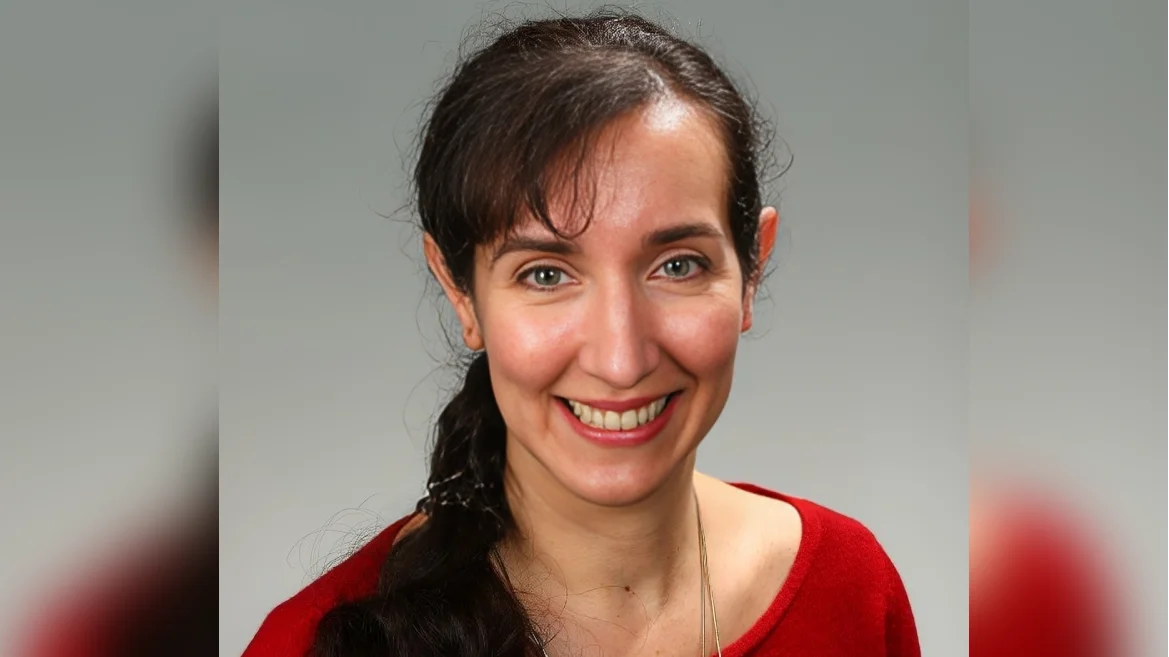
By Ruth Winecoff
This is the first in a series of blogs regarding an ongoing clean energy research project supported by the New Jersey State Policy Lab. This project focuses on Property Assessed Clean Energy (PACE) programs, a form of financing for energy-efficient upgrades recently authorized in New Jersey. The Garden State Commercial Property Assessed Clean Energy Program has yet to launch. We will document the experience of governments and property owners in California, where the PACE program was developed and launched in 2009, to provide policy recommendations to New Jersey stakeholders as the program launches.
PACE is a novel financing mechanism for energy efficiency upgrades and renewable energy installations. With enabling legislation, states authorize their local governments to adopt and administer PACE programs, often coordinating with private-sector PACE service and financing providers. Thirty-six states and D.C. have authorized PACE in some form. Property owners in areas with PACE programs apply with details about their proposed project and property; participation is voluntary. If approved, the local government uses its legal authority to borrow from private sector investors by issuing a municipal bond, the proceeds of which pay upfront project costs. The borrowed money is repaid by special assessment on the property’s tax bill.
"We aim to use detailed information about PACE borrowing in California," Winecoff stated, "which is accessible in legal documents that accompany each bond issue." Documents have been collected for approximately 6,000 bond issues for residential PACE borrowing and approximately 300 bond issues for commercial PACE borrowing, comprising all PACE bonds issued in California from 2009 to 2021.
"Although the exact information in the documents varies considerably," she added, "in most cases we can identify the location of the property for which the loan was made; often the assessor’s parcel number or street address is available."
With these micro-level data on PACE borrowing by thousands of Americans, researchers will study the diffusion of program adoption by local governments, take-up by residential and commercial borrowers, and the socioeconomic and demographic characteristics of neighborhoods where PACE is used.
"Since energy efficiency technologies tend to be limited to affluent White-majority neighborhoods due to lack of awareness and high upfront costs," Winecoff noted, "we are particularly interested in researching whether the PACE program expands access to energy efficient and renewable energy technologies to lower-income non-White majority neighborhoods."